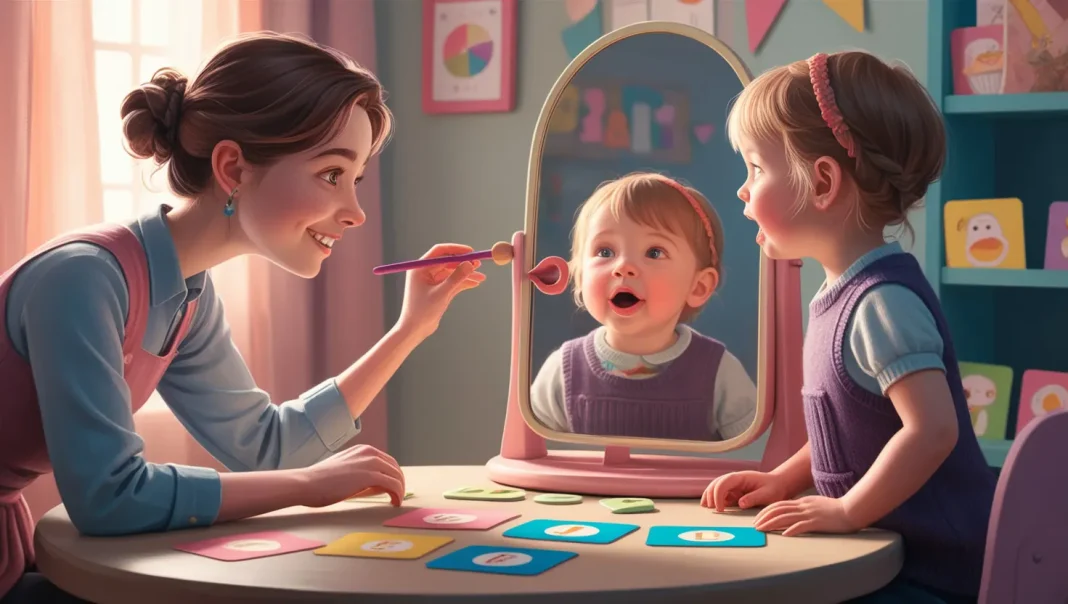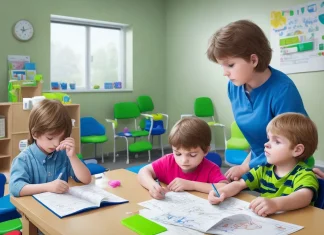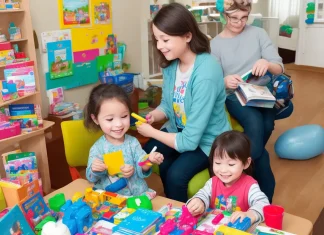Introduction
Speech therapy can be a game-changer for children who struggle with communication skills. Whether it’s difficulty pronouncing words, forming sentences, or understanding language, speech therapy offers targeted interventions to help children develop these essential skills. In this guide, we’ll explore various techniques used in speech therapy, how parents can support this journey at home, and the remarkable impact it can have on a child’s life.
Understanding Speech Therapy for Children
Speech therapy for children focuses on helping them communicate more effectively. It includes both verbal and nonverbal communication, aiming to build confidence and improve social interactions. From teaching kids how to articulate words correctly to helping them understand social cues, speech therapy has far-reaching benefits.
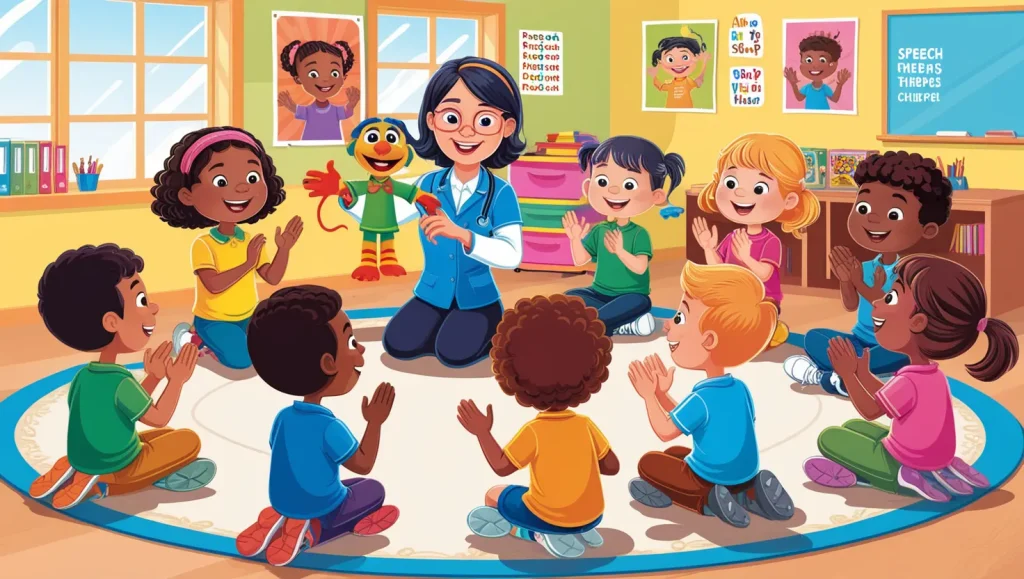
Why is Speech Therapy Important for Children?
Early intervention is key in speech therapy. The earlier a child starts therapy, the more effective it can be in helping them overcome language or speech issues. Not only does it address immediate challenges, but it also provides the foundation for improved learning and social interaction in the long term.
Signs Your Child Might Need Speech Therapy
Not every child who has trouble speaking requires therapy, but there are signs that parents should be aware of. If a child is slow to start talking, has difficulty pronouncing words, or struggles to form sentences appropriate for their age, it might be time to consult a speech therapist.
Key Benefits of Speech Therapy for Children
Speech therapy offers a host of benefits, including:
Enhanced communication skills: Helps children articulate thoughts clearly.
Increased confidence: When kids can express themselves, they naturally feel more confident.
Better social skills: Effective communication is essential for building friendships and interacting socially.
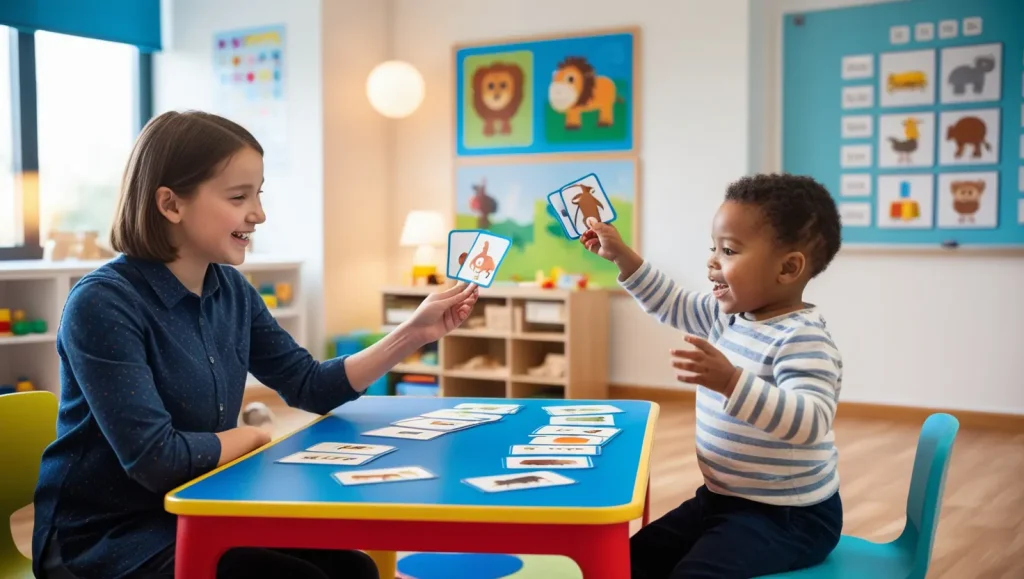
Different Speech Disorders in Children
Children may experience a variety of speech disorders, including:
Articulation disorders: Difficulty in making certain sounds.
Fluency disorders: Issues with the flow of speech, such as stuttering.
Resonance or voice disorders: Abnormal pitch or volume.
Receptive disorders: Trouble understanding language.
Types of Speech Therapy Techniques
Different techniques are used depending on the specific needs of each child. Here are some of the most common approaches in speech therapy.
Articulation Therapy Techniques
Articulation therapy focuses on helping children correct speech sound issues. For example, if a child has trouble saying “s” sounds, the therapist may use modeling, where they demonstrate the correct way to produce the sound and then encourage the child to practice.
Language Intervention Therapy
This technique is about helping kids improve their understanding and use of language. Therapists use books, pictures, and repetition to engage children, helping them learn new words and how to form sentences.
Oral-Motor/Feeding and Swallowing Therapy
Oral-motor therapy strengthens the muscles involved in speech and swallowing. This technique might involve exercises like blowing bubbles or using a straw, which indirectly help with speech clarity.
Augmentative and Alternative Communication (AAC)
For children who find verbal communication challenging, AAC offers tools like picture boards, tablets, and voice output devices to help them express themselves.
How Parents Can Support Speech Therapy at Home
Parents play a crucial role in supporting their child’s speech development. Simple practices, like reading together or engaging in conversations, can make a big difference. Repetition and positive reinforcement are key.
Interactive Games and Activities to Encourage Speech
Speech therapy doesn’t have to be limited to formal sessions. Games like “Simon Says” or activities like singing can be fun ways for children to practice language skills in an enjoyable setting.
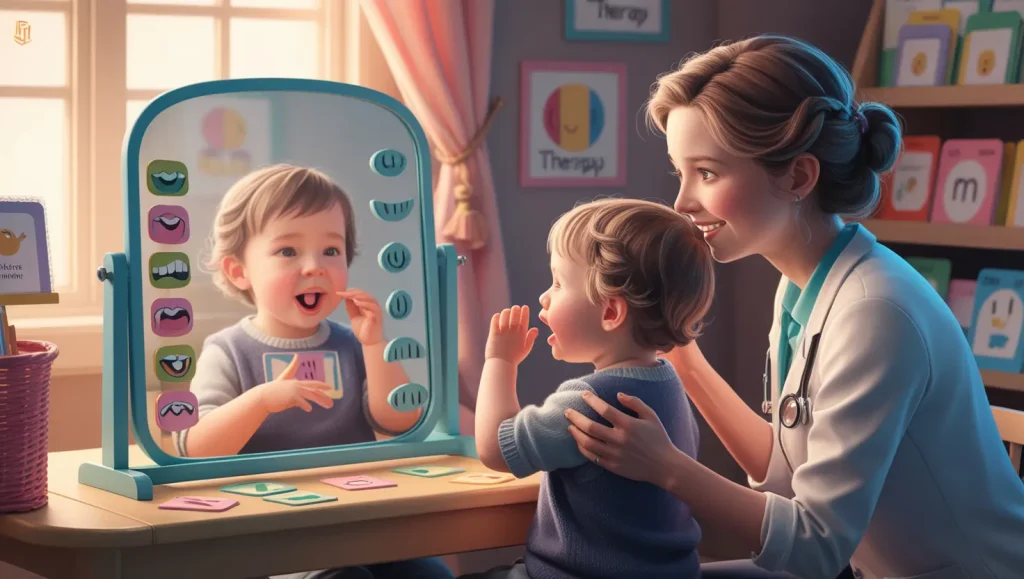
Tips for Choosing the Right Speech Therapist
Choosing a therapist is a critical step. Look for licensed professionals who specialize in pediatric speech therapy and come with strong recommendations. The right therapist should be able to create a personalized plan that fits your child’s needs.
Tracking Progress and Setting Realistic Goals
It’s important for parents and therapists to track the child’s progress over time. Setting small, achievable goals keeps kids motivated and gives parents a clear view of improvements, no matter how gradual.
Conclusion
Speech therapy can truly transform a child’s life, helping them overcome communication challenges and develop the confidence to express themselves fully. By understanding the techniques and supporting their child’s progress, parents can play an active role in this rewarding journey.
FAQs
How long does it take to see progress in speech therapy? * Progress varies by child, but many see improvements within a few months with consistent practice.
Can I do speech therapy at home without a therapist? * While some activities can be done at home, professional guidance ensures the techniques are effective and personalized.
What is the best age to start speech therapy? * The earlier, the better. Early intervention, ideally before age 5, tends to yield the best results.
Are speech therapy exercises difficult for children? * Most exercises are designed to be engaging and fun, tailored to each child’s needs.
How do I know if my child needs speech therapy or if it’s just a phase? * Consulting a professional is the best way to determine if your child’s language issues are developmental or require intervention.

